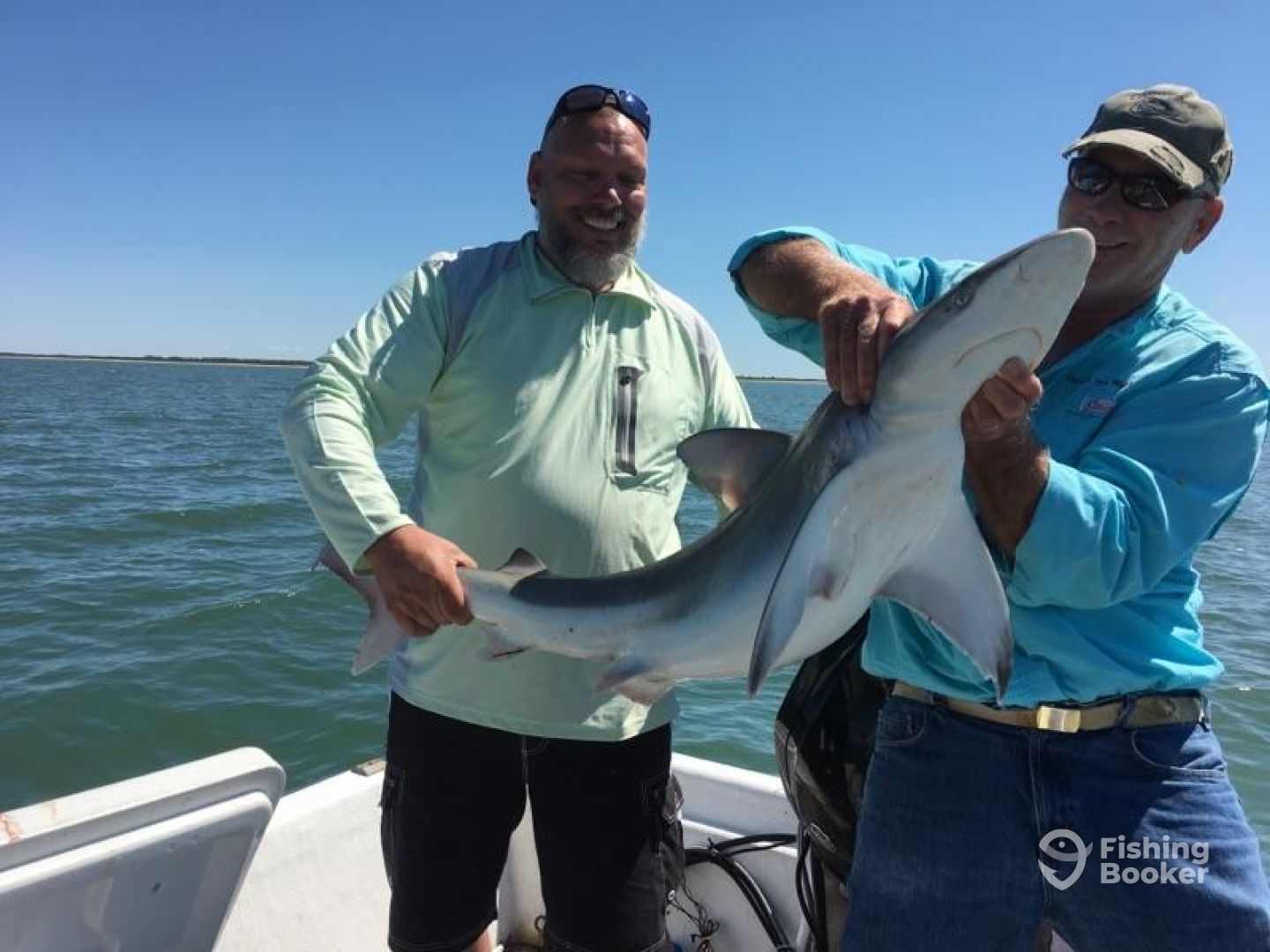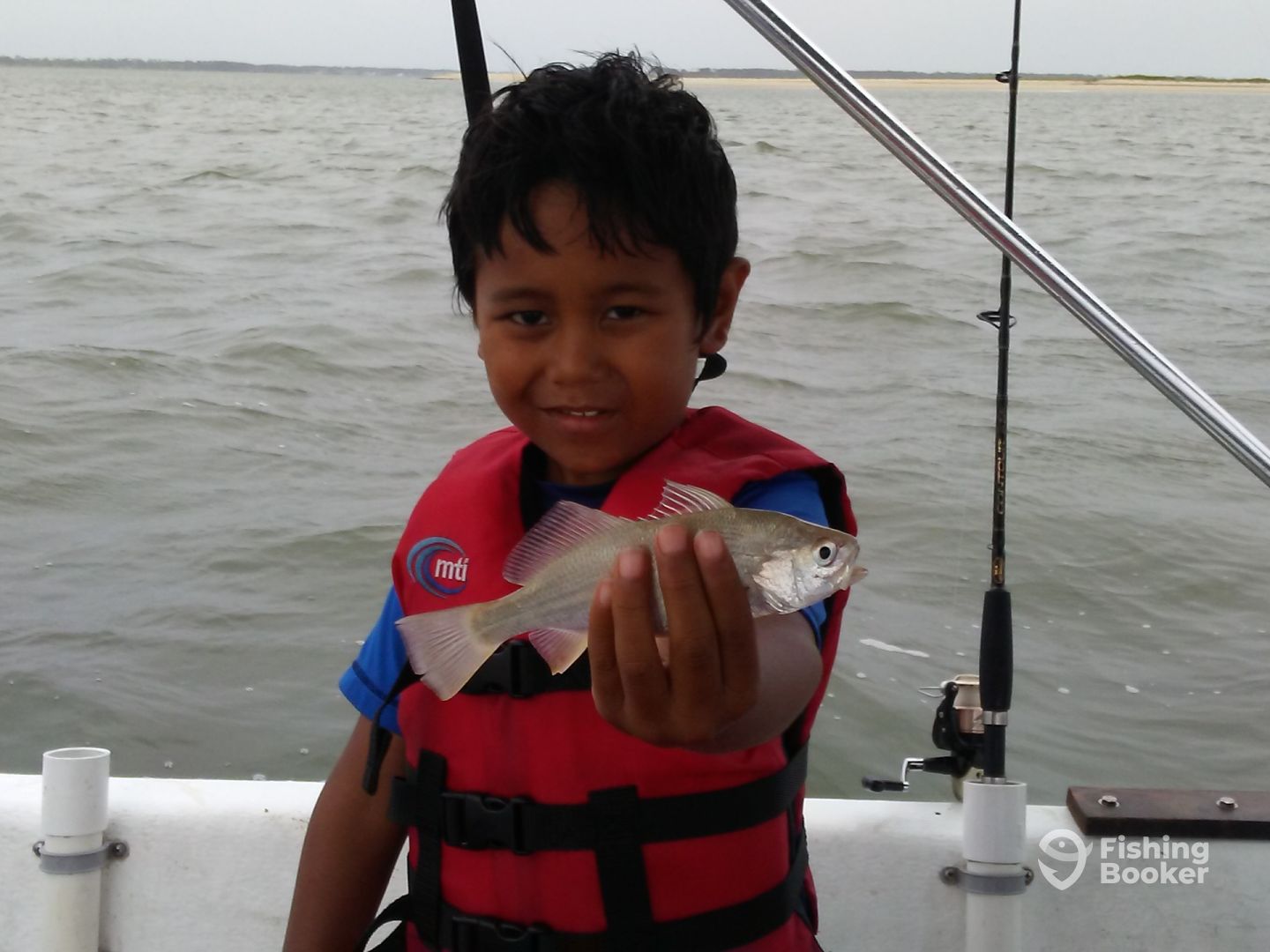Chincoteague Bay Adventures: Embark on an unforgettable journey through the pristine waters and captivating history of Chincoteague Bay, where nature’s wonders intertwine with cultural heritage to create a tapestry of memories.
Nestled amidst the Atlantic coastline, Chincoteague Bay beckons with its pristine waters, teeming with diverse wildlife and serving as a haven for migratory birds. Its rich history, dating back to Native American settlements and the rise of the local fishing industry, adds a layer of intrigue to this coastal paradise.
Chincoteague Bay Geography and Wildlife
Chincoteague Bay is a unique and beautiful body of water located on the Atlantic coast of Virginia. The bay is a shallow estuary, with an average depth of only 3 feet. It is surrounded by barrier islands, which protect it from the Atlantic Ocean.
The bay is home to a diverse array of wildlife, including migratory birds, fish, and shellfish.
Geography
Chincoteague Bay is a long, narrow bay that stretches for about 20 miles. It is bordered by Assateague Island to the east and Chincoteague Island to the west. The bay is connected to the Atlantic Ocean by two inlets, Chincoteague Inlet and Assateague Inlet.
The bay is also connected to the Chesapeake Bay by a series of canals.
Wildlife
Chincoteague Bay is home to a diverse array of wildlife. The bay is a major stopover point for migratory birds, and over 300 species of birds have been recorded in the bay. The bay is also home to a variety of fish, including striped bass, flounder, and weakfish.
The bay is also home to a variety of shellfish, including oysters, clams, and mussels.
Importance
Chincoteague Bay is a vital natural habitat and ecosystem. The bay provides food and shelter for a variety of wildlife, and it also plays an important role in the local economy. The bay is a popular destination for fishing, boating, and swimming.
Chincoteague Bay History and Culture
Chincoteague Bay, nestled along the Atlantic coast of Virginia, boasts a rich and captivating history that has shaped its unique cultural heritage. From its significance to Native American tribes to the rise of the local fishing industry, the bay has played a pivotal role in the development of the region.
Native American Influence
Long before European settlers arrived, Chincoteague Bay was home to Native American tribes, including the Accomack and Assateague. These indigenous communities relied heavily on the bay’s abundant resources for sustenance, using its waters for fishing and its shores for hunting and gathering.
The bay also served as a transportation route, facilitating trade and communication between different tribes.
Fishing Industry
The arrival of European settlers in the 17th century marked the beginning of a new era for Chincoteague Bay. The bay’s rich fishing grounds quickly attracted commercial fishermen, who established a thriving industry that became the economic backbone of the region.
The bay’s waters were teeming with a variety of fish species, including oysters, clams, and crabs, which were harvested and sold to markets throughout the country.
Cultural Heritage
The bay’s historical significance and economic importance have left an indelible mark on the local culture. Many traditions, festivals, and culinary delights have evolved around the bay’s resources. For instance, the annual Chincoteague Pony Swim, held each July, celebrates the unique wild ponies that roam Assateague Island, just across the bay from Chincoteague.
The bay’s influence can also be seen in the local cuisine, which features an array of seafood dishes that showcase the bounty of the waters. From steamed crabs to fried oysters, the flavors of Chincoteague Bay are a testament to its rich cultural heritage.
Chincoteague Bay Recreation and Activities

Chincoteague Bay offers a plethora of recreational opportunities for nature enthusiasts and outdoor adventurers alike. From exhilarating water activities to serene wildlife viewing, the bay provides a diverse range of experiences that cater to all preferences.
Boating enthusiasts can embark on leisurely cruises or thrilling fishing expeditions. The calm waters of the bay are ideal for kayaking, allowing paddlers to explore hidden coves and witness the abundant marine life up close. Birdwatching is a popular pastime, with numerous species of migratory and resident birds gracing the bay’s shores.
Guided Tours and Excursions
For those seeking a deeper immersion into the bay’s natural beauty, guided tours and excursions are available. These tours offer unique opportunities to learn about the bay’s history, ecology, and wildlife. Visitors can join naturalist-led boat tours, kayak excursions, or guided walks along the shoreline, gaining insights into the bay’s diverse ecosystems and rich cultural heritage.
Regulations and Safety Guidelines
To ensure the safety and preservation of the bay, certain regulations and safety guidelines are in place. Boaters must adhere to speed limits and designated navigation channels. Fishing regulations, including catch limits and seasonal restrictions, are enforced to maintain the health of the bay’s fish populations.
Kayakers and paddleboarders are advised to wear life jackets and be aware of weather conditions and tidal currents.
Chincoteague Bay Conservation and Preservation
Chincoteague Bay is a vital ecosystem that faces various environmental challenges. Conservation efforts are crucial to protect and preserve its ecological integrity for future generations.
Numerous organizations and individuals are actively involved in promoting responsible use of the bay’s resources. They implement conservation measures, educate the public, and advocate for policies that safeguard the bay’s health.
Educational Programs and Initiatives, Chincoteague bay adventures
Educational programs play a significant role in raising awareness about the importance of bay conservation. These programs engage the community, students, and visitors in interactive activities, workshops, and field trips.
- The Chincoteague Bay Field Station offers educational programs for all ages, focusing on the bay’s ecology, wildlife, and conservation.
- The Virginia Coastal Zone Management Program conducts outreach and education initiatives to promote responsible coastal development and stewardship.
- Local schools incorporate environmental education into their curricula, emphasizing the significance of protecting the bay’s ecosystem.
Last Point

As you delve into the depths of Chincoteague Bay, you’ll discover a world of natural wonders and cultural treasures. From the thrill of recreational activities like boating and fishing to the serenity of birdwatching and kayaking, the bay offers a kaleidoscope of experiences.
And with ongoing conservation efforts, the pristine beauty of Chincoteague Bay will continue to enchant generations to come.
FAQ Explained: Chincoteague Bay Adventures
What makes Chincoteague Bay a unique destination?
Chincoteague Bay is renowned for its pristine waters, diverse wildlife, and rich cultural heritage. It serves as a haven for migratory birds and marine life, while its historical significance and local traditions add to its allure.
What recreational activities can I enjoy in Chincoteague Bay?
Chincoteague Bay offers a wide range of recreational opportunities, including boating, fishing, kayaking, and birdwatching. Guided tours and excursions are also available to enhance your experience.
How can I contribute to the conservation of Chincoteague Bay?
Supporting organizations and initiatives dedicated to protecting the bay’s ecosystem is a meaningful way to contribute. Responsible use of resources and participation in educational programs can also make a positive impact.